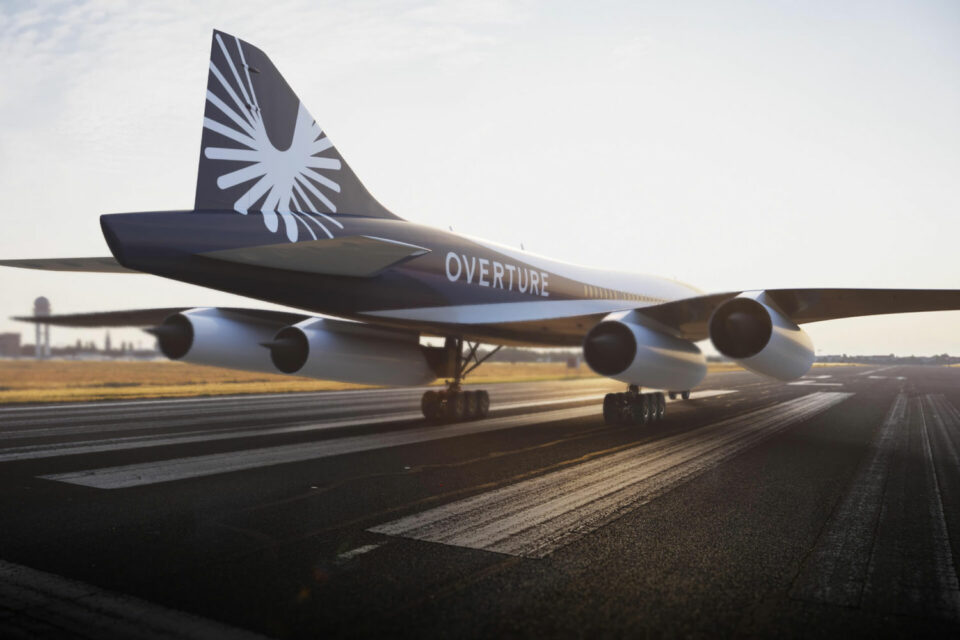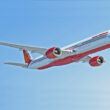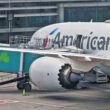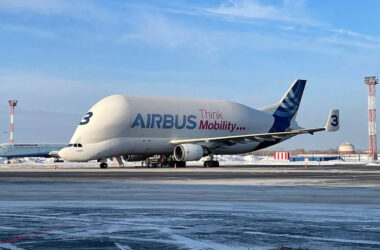Boom Supersonic, a US start-up developing the first supersonic passenger jet since Concorde, has faced enormous challenges in taking its project forward.
Launched in the last decade, the program to introduce an aircraft capable of flying at 1.7 the speed of sound with up to 80 passengers on board, had its entry into service forecast postponed to 2030.
The plan continues, however, with the goal of making the maiden flight of the Overture, the name chosen for the four-engine jet, in 2027.
Most popular posts
[wpp range=’last24hours’ wpp thumbnail_width=100 thumbnail_height=75 limit=3 stats_views=0 order_by=’views’]Boom has been trying to get around the problems that have arisen as the end of the partnership with Rolls-Royce, which was initially studying to develop the engine to be used in the Overture. To do so, it closed an agreement with three companies to produce the Symphony, a turbofan with 35,000 pounds of thrust.

The new difficulty to arise is the apparent lack of interest from one of the potential customers of the supersonic plane, Virgin Atlantic. The UK carrier, founded by Richard Branson, was one of the first companies to sign a deal with the start-up in 2016.
According to The Telegraph, however, Virgin would have let the option to acquire Overture expire in 2020, although there was no concrete agreement.
Focus on the environment
Branson is also studying a supersonic aircraft, but smaller and faster, capable of carrying up to 9 passengers at Mach 3.
Despite the departure of Virgin, Boom has three airlines most committed to Overture, American Airlines, United and Japa Airlines, which together have orders for 130 aircraft.

During the Paris Air Show, Boom signed agreements with the companies Aernnova (for the wing structure), Leonardo (fuselage and wing box) and Aciturri, which will be responsible for the plane’s empennage.
Follow ADN: Instagram | Twitter | Facebook
The US start-up initiative comes at a time when environmental concerns are growing, forcing aircraft manufacturers to rethink propulsion technology using hydrogen and electricity.
In this scenario, a supersonic jet sounds like the odd one out since there aren’t many alternatives to breaking the sound barrier other than conventional engines that burn a lot of fuel, even if it is 100% SAF.






